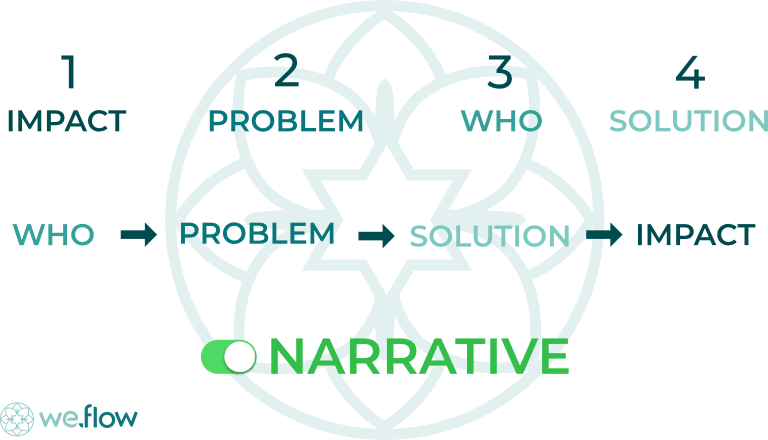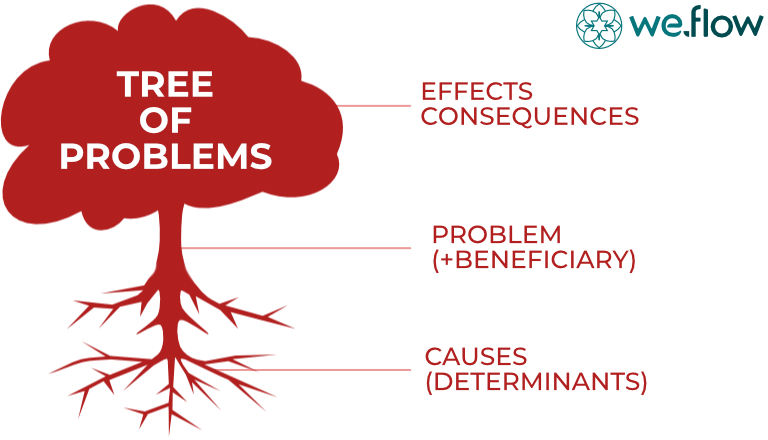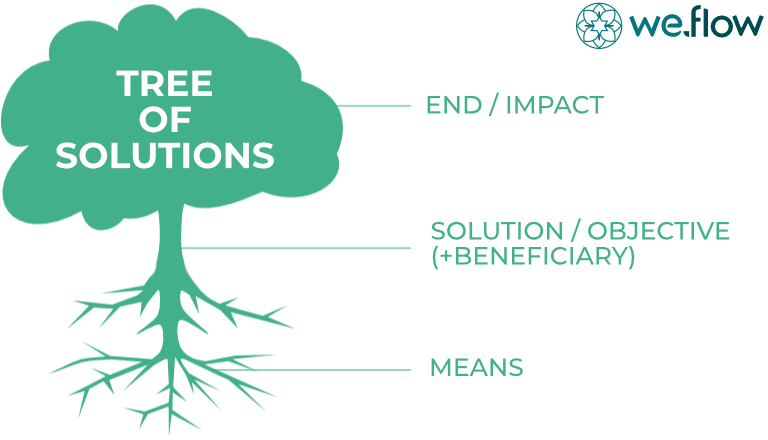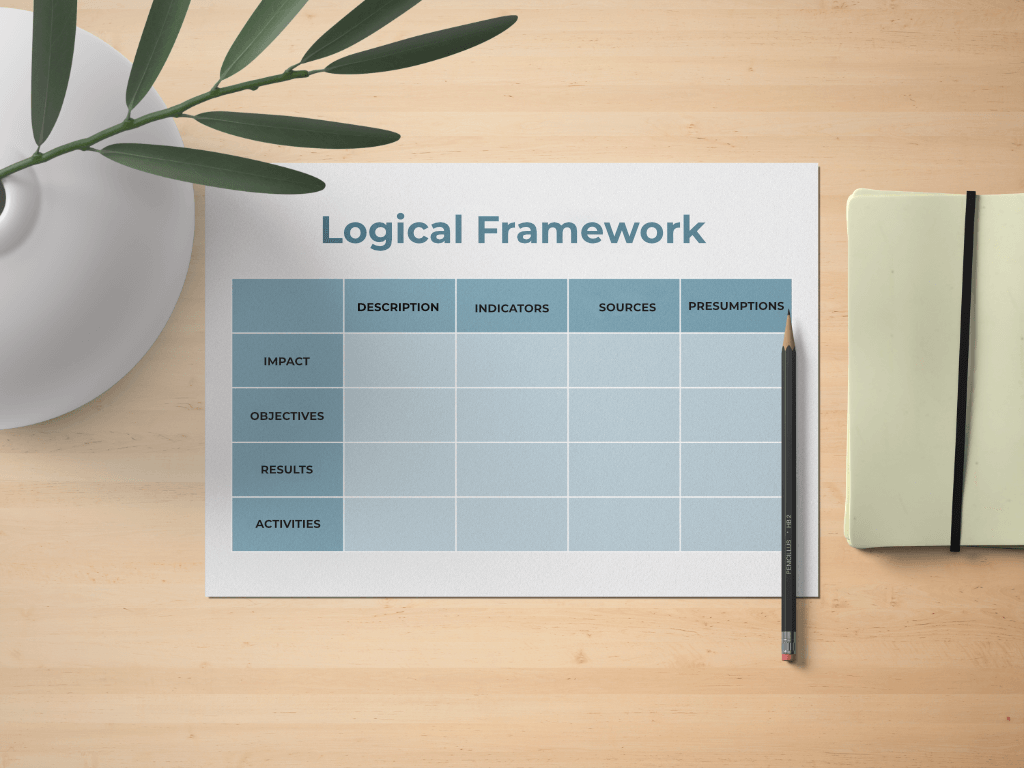Every business that wishes to cause a positive socio-environmental impact has challenges ahead, after all, they propose to contribute to solving society’s deep, complex, and systemic problems. However, today there are several tools to help on this path. One of the most important is the Theory of Change.
The Theory of Change aims to define what is the desired impact of an organization or project, and to define what steps are necessary to achieve it. Therefore, it is a tool that maps out the necessary activities and resources, always in search of long-term impact, making it clear what must be done at each stage.
What is impact?
“It is the result of an activity carried out by a social and environmental impact initiative. In this sense, the impact is materialized by the results of the solutions applied on the central causes of a social problem.”
(CRUTCHFIELD; GRANT, 2008)
“For there to be impact, there must be change. Thus, impact can be understood as a significant and lasting change in people’s lives brought about by a particular action or series of actions.”
(ROCHE,1999)
“Impact is thus defined as a fundamental change, intended or unintended, in an organization, community, or system as a direct result of a program, project, or activity.”
(MARS, 2016a)
The socio-environmental impact always involves a complex system defined by several variables, hence the importance of prior planning, to identify the various factors that can contribute to or hinder the development of the project.
How to build your impact narrative?
To build a well-structured Theory of Change, we use two auxiliary tools. The impact narrative is a technique to make clearer what the impact journey is, for this you must answer four fundamental questions:
- What impact does your organization have?
- What problem is solved?
- Who suffers from this problem?
- What solution does your organization offer?
After answering these four questions, you can change the order of your answers and thus find the narrative, in the following scheme:

Now you have the narrative of the impact your organization makes on the world.
Building your Problems and Solutions Tree
Once you have identified your impact narrative, you must drill down specifically into the problem area. The Problem Tree is a tool for identifying whether the problem defined for a project is coherent and analyzing all its strands.
The first step in building the tree is to define the stem. In it we place the problem we are trying to solve.
In the roots of the tree we define what the causes of this problem are. In the branches and leaves we put the effects and consequences of this problem. At this stage it is important to consider not only the causes and consequences in which your organization or project is involved. This can expand the view on the problem and thus identify possible blind spots, potential partners that can work together, or cross-cutting solutions.
We are then left with the following outline:

After we have finalized the Problem Tree we move on to the Solution (or Goal) Trees. This second tool consists, in general, of a positive mirroring of the previous tree.
It may seem like a simplistic exercise, but with this you will be able to clearly see the ways to act to solve the central problem and also to define specifically where your initiative will act (or not), identifying within your expertise where you can generate better results.
We are then left with the following scheme:

Building the Theory of Change
Once the previous tools are completed, we will have greater clarity to define the elements needed for the next steps. The Theory of Change is therefore composed of 5 columns, each column representing a step:
- Inputs: Resources and inputs necessary to operate the project, program or initiative. They can be financial, material, human, technological, etc.
- Activities: All actions performed. Activities (interventions) carried out, products and services offered. Modus operandi and articulation with the target audience.
- Outputs: Immediate effects resulting from the activities performed. Tangible and immediate reach of the products/services offered. Immediate benefit to the target audience (beneficiaries).
- Outcomes: Changes expected to be generated in the target audience and in the lives of the beneficiaries.
- Impact: Desired structural impact on the ecosystem. Changes generated in society, in the social system.
The Theory of Change is essential for your organization’s strategic planning and monitoring of impact projects. Based on the assumptions formulated in the theory, you can track goals in the course of the project, adapting where necessary.
A recommended deployment of the Theory of Change as a tool for impact assessment and measurement is the elaboration of the Logical Framework of the organization or project. In addition to describing the Theory of Change and identifying assumptions, the Logical Framework also details which indicators are to be measured at each stage and which verification sources will be used.
Finally, we can say that the Theory of Change makes it clear to your collaborators what the long-term vision their work can cause. It aligns expectations and guides decisions to expand impact.






